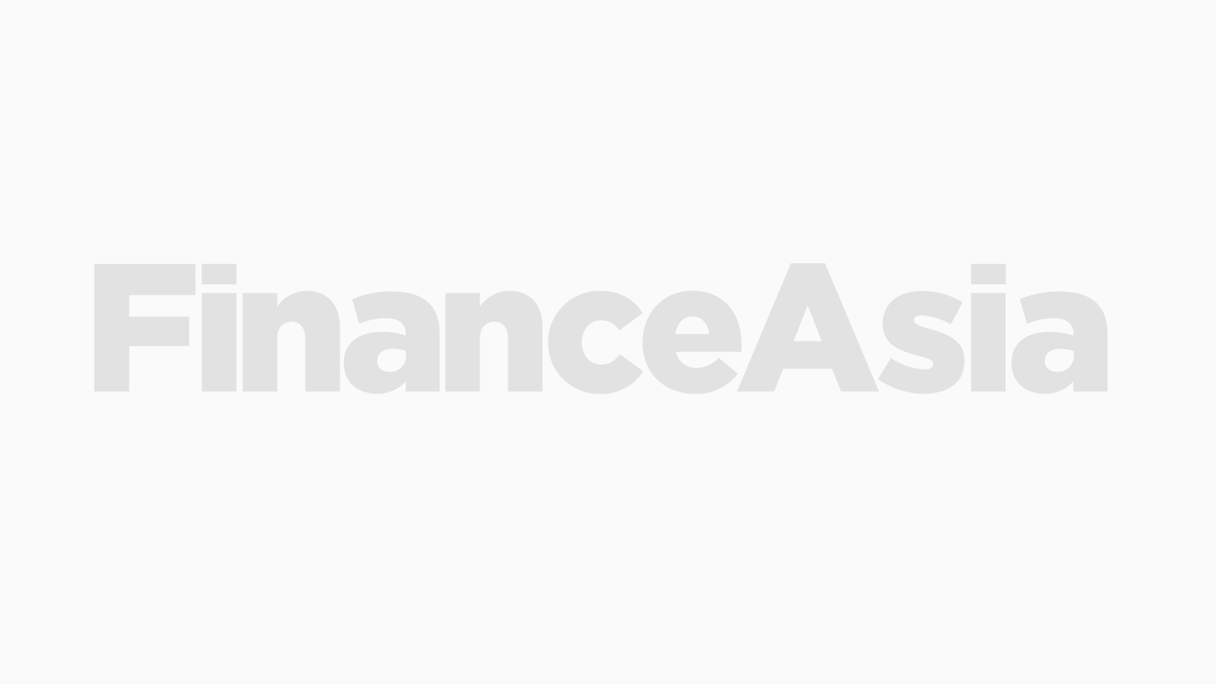Singapore's largest bank United Overseas Bank, gave credit investors a welcome sheaf of new paper this week with the issuance of $1 billion in 10 year subordinated notes. Priced at 117bps over treasuries the bonds were snapped up in little over 14 hours of marketing with a book that was 10 times oversubscribed.
Behind these bonds was some clear rarity value: no Singapore issuer had been to the market since SingTel's $2.29 billion blockbuster back in November 2001. And UOB had not been in the market since earlier that same year.
Yet investors had an interesting credit story to understand as well. Fundamentally Singaporean banks have too much capital already. At the end of Q1 2003, UOB was running a tier one capital ratio of 12.4%. Its credit is very strong. But weakness lies in its operating prospects.
A poor macro outlook in Singapore has given rise to deflation and low interest rates, not good things for banks. Moreover, Singapore is saturated with banks and room for growth is limited. Collateral values are falling and few customers seem to want to take out new debt. Nevertheless UOB still managed to reduce its NPLs over the last year down from S$6.02 billion to S$5.669 billion, although this is still the highest absolute figure of any of the three local banks.
The real story lies in what UOB will be able to do with its capital structure. According to analysts, there are several forces at work – such as the MAS directive that banks divest their non-bank holdings by June 2004 – that are compounding the banks' natural desire to reduce their capital ratios and improve their returns on equity. OCBC has undertaken a series of preference share issues to help it achieve this aim.
For UOB the issue is further compounded by the desire of the founding Wee family to extract some cash out of UOB to allow them to buy the affiliate business that the bank is being forced to divest.
The latest bond deal, as upper tier two debt, can replace the more expensive tier one capital, which can reduce the ratios and up the share price. A further boost to share prices could come from the payment of special dividends.
"Capitalization levels at OCBC and UOB provide investors with greater strategic capital management plays through higher and special dividend and in general we expect banks to increase their payout ratio," wrote Sunil Garg, head of bank research at Fox-Pitt, Kelton in a report in June 2003.
Garg calculates that UOB has S$1.861 billion in surplus capital which could lead to a potential total dividend payout of S$1.59, giving a potential dividend yield of 13.3% or a potential payout ratio of 234%. "The potential increase in dividends is significant, although realizing the full payout potential may be dulled if regulators are uncomfortable with payouts greater than earnings," writes Garg. Bond investors clearly liked this credit story as the UOB bond was priced 14bp tighter than the similar DBS 10-year tier two issue.



